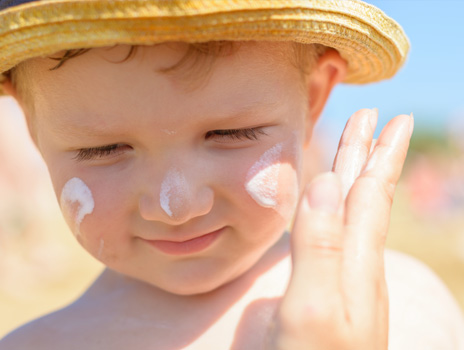May 18, 2021
It’s never too early to protect your children from the harmful effects of the sun. Skin cancer is the most common cancer in the United States and worldwide, as 1 in 5 Americans will develop skin cancer by age 70. Protecting your child’s skin from too much ultraviolet (UV) radiation sun exposure early in life can greatly reduce this risk.
Sunburn during childhood is linked to a higher risk of developing skin cancer later in life. Sunburn is a sign of skin damage that you can see, but invisible damage also occurs below the surface, in all skin types.
To learn more about the importance of sun protection for infants and children, we visited with pediatrician Kimberly Wise, MD, at The University of Kansas Health System.
Complete pediatric care
To learn more about pediatric specialty services at The University of Kansas Health System, or to schedule an appointment with one of our pediatric experts, call 913-588-1227.





